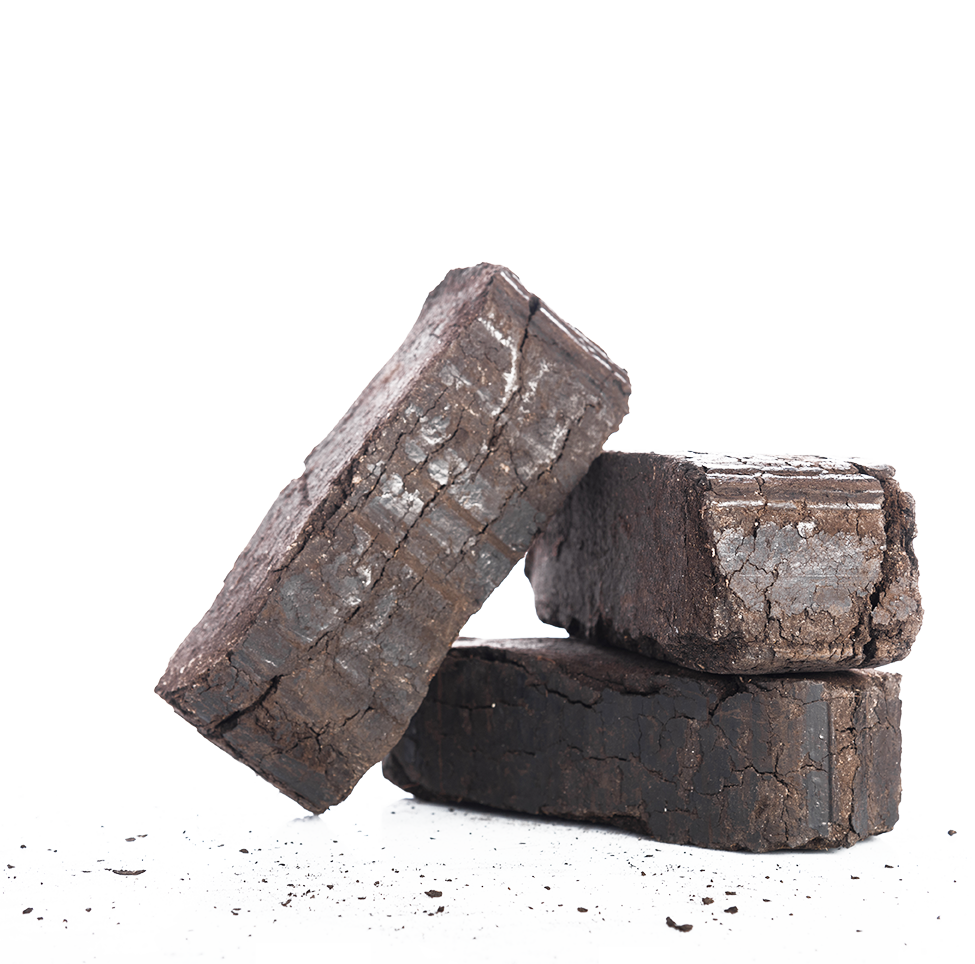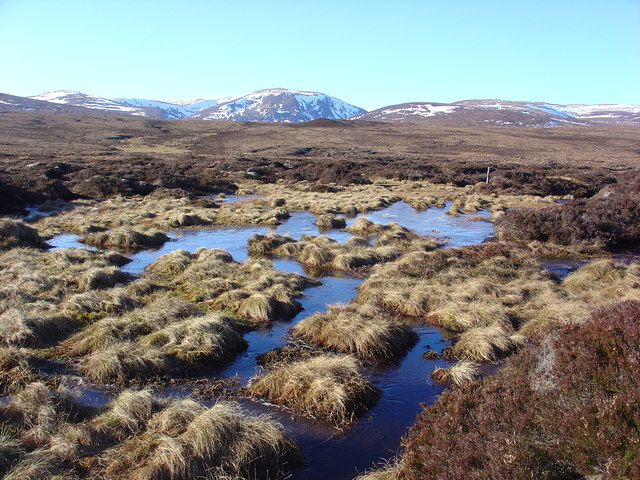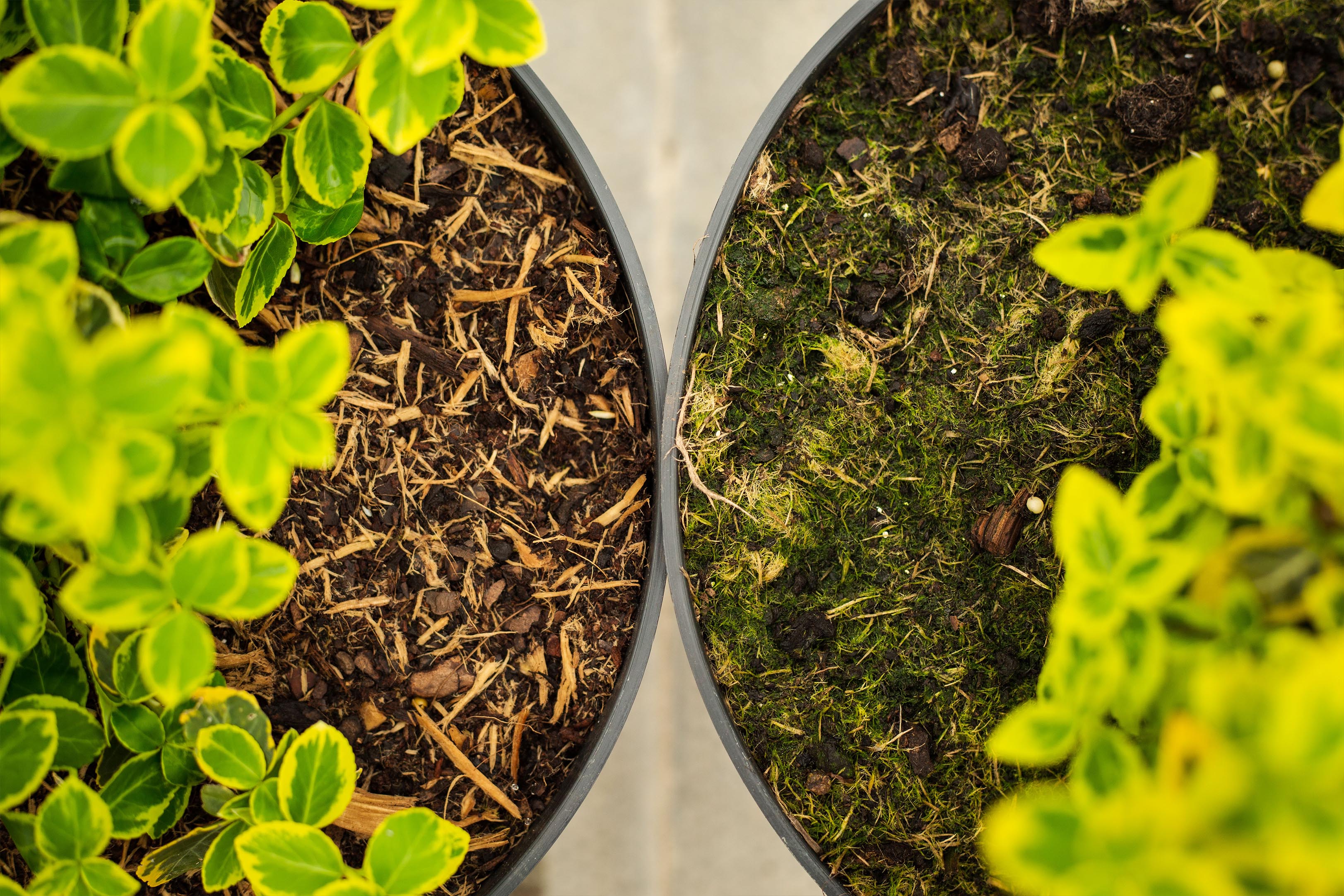Peat: what is the problem?
Why Greenwood is aiming to become 100% peat-free
The growth of peat first began around the last ice age, approximately 12,000 years ago. Peat is partially composed organic matter—from plant and animal material—that has formed under specific waterlogged, oxygen and nutrient deficient, highly acidic conditions.
Rich in organic material, peat has been used in gardening as the main component of growing media, due to its excellent water retention and spongy texture, which are both ideal qualities for plant growing. Peat can hold several times its weight in moisture, and efficiently holds onto nutrients, ensuring they aren’t leached out during plant watering. Furthermore, plants such as seedlings, hugely benefit from the sterility of peat, as they can be vulnerable to their surrounding environment.
Often classified as a fossil fuel, peat takes a significantly long time to grow—around a thousand years for one metre of growth. The commercial extraction of peat throughout one year, removes around five hundred years’ worth of growth; if we continue to deplete our peatlands at this rate, we could potentially run out within the next decade.
Clearly, peat comes with a whole host of benefits for plant growers; however, the process of peat mining is having a detrimental effect on our planet. Scientists see the importance and fragility of our peatlands to be equal to that of rainforests; there are major concerns and we need to protect them.


Blanket bogs

Raised bogs
Where does peat come from?
Peat is formed in peatlands, the UK’s largest semi-natural habitats. Occupying approximately 12% of the UK’s land, peatlands are the most extensive component of our country’s wetland environment.
In the UK, there are three different types of broad peatland habitats:
Blanket bogs : Blanket bogs obtain their water from precipitation. 20% of the world’s blanket bogs are situated in the UK.
Raised bogs: Raised bogs form in low-lying areas, such as basins or floodplains. Usually they are found on the surface of fens.
Lowland and Upland fens: Lowland and upland fens obtain their water from precipitation, as well as groundwater.

Lowland and Upland fens
Why are peatlands so important?
Peatlands are incredibly carbon-rich, making them hugely important to our planet. They cover around 3% of the Earth’s surface, whilst being able to sequester a staggering 33% of our global CO2—around three billion tonnes of carbon. When we harvest from peatlands they become damaged, and the carbon stored inside its bogs emits as CO2 into our atmosphere, contributing to climate change. In the UK, peatlands emit between 18.5 and 23 million tonnes of CO2 per year, which equates to around 5% of our total annual greenhouse emissions in the UK; this number needs to decrease drastically.
However, our peatlands have many other helpful uses.
Peatlands have the ability to reduce flood risks, as they act as a large sponge and can hold up to twenty times their own weight in water. Peatlands also filter water, and healthy peat bogs provide a higher quality filtered water, than those which are damaged or degraded.
Did you know?: Around 70% of our water comes from British uplands, with over half passing through peat.
Furthermore, peatlands are “ecosystem services”, which provide a rich haven for our wildlife—such as winged bog craneflies and large heath butterflies—many of which are scarce and can only survive under these specific conditions. Additionally, many highly specialised native plants grow within our peatlands, and some of these species could become endangered as a result of excessive peat mining.
Sustained periods of over-harvesting have resulted in our national peatlands reducing drastically, with only 20% of the UK’s peatlands remaining in a near-natural state. Harvesting from peat bogs also has a damaging effect on our environment, by undermining the stability of our ecosystems and their biodiversity. It has been estimated that the UK’s peatlands store around 20 years’ worth of national industrial carbon emissions, which gives us great reason to conserve and protect them from further damage.

Ⓒ Alasdair MacDonald / Wet peat land

Susie Holmes, our Growing Media Consultant, analysing our peat-free trials
What are we doing to help?
It goes without saying that peat is a wonderful growing medium. However, if we continue to use peat at the current rate, we will soon run out, so the time has come to stop digging and safeguard our planet, population and wildlife. Peatlands play a vital role in our fight against climate change, and it’s key for us to transition away from peat. We now consider peat a non-renewable resource, and understand the need to urgently find alternatives for growing.
At Greenwood Plants, we care about sustainability, and are working to actively reduce our carbon footprint, improve our local communities and environment, and exercise responsible planetary stewardship. We are aiming to be fully peat-free by the end of 2023, and are currently undertaking extensive trials at our nurseries to find the best possible peat-free growing media. As growers of around six million plants a year, this will be a huge undertaking, but we are fully embracing the peat-free challenge.
Keep an eye on our social media pages and website to follow our peat-free journey, as we will be regularly updating you on our findings and progress to peat-free growing.

Euonymus in peat-free growing media and regular compost

